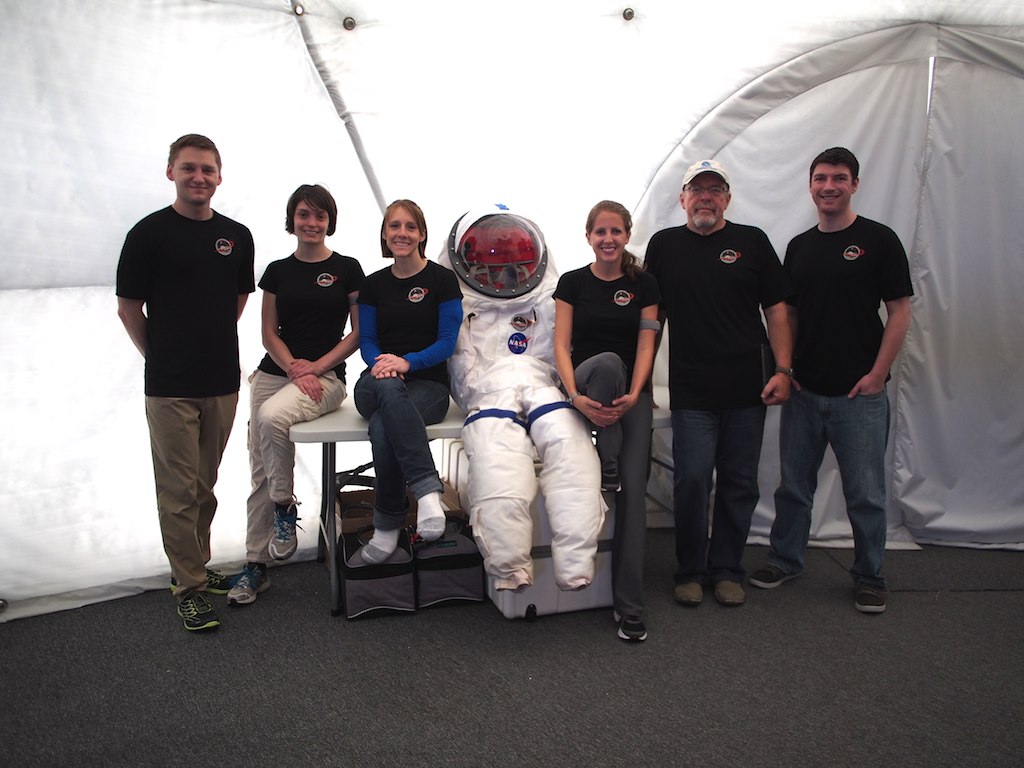The area of interpersonal relationships between astronauts on a long-term mission to Mars is a bit of a gap in NASA’s research. That’s where the Hawaii Space Exploration Analog and Simulation (HI-SEAS) mission comes in. It spent four months studying what happens when a team of researchers in close-quarters under simulated Martian conditions stop being polite and start getting real.
According to Kim Binstead, principal investigator for HI-SEAS, the experiment showed the crew held up well.
This crew has proven to be a strong team throughout the duration of the study. By monitoring their inter-personal interactions, especially during times of stress, we’re learning more about the social and emotional factors that determine astronaut crew cohesion. This is a big gap for NASA right now.
The group was studied as a whole, but each member also had a project of their own to work on including a test on the utility of 3D-printed surgical tools, converting trash into energy, and growing plants in the simulated Martian conditions. The team study as well as the individual projects could help provide insight into what it will really take to put humans on Mars.
The mission that just ended lasted four months, and it’s the shortest of the three planned missions using the simulated environment on Mauna Loa, Hawaii. The second mission will run for eight months starting in October, and next year the site will host a year-long mission. Depending on factors like planetary orbit, experts estimate a round-trip journey to send humans to Mars would take three years, so it’s probably not a bad idea to study how a potential crew might get along.
(via PHYS.org, image via HI-SEAS/Ross Lockwood)
- Of course, Mars One only has a one-way trip in mind
- A proposed experiment wants to send plants to Mars
- Fact: Buzz Aldrin has a “Get Your Ass to Mars” shirt
Are you following The Mary Sue on Twitter, Facebook, Tumblr, Instagram, & Google +?









Published: Jul 28, 2014 02:59 pm